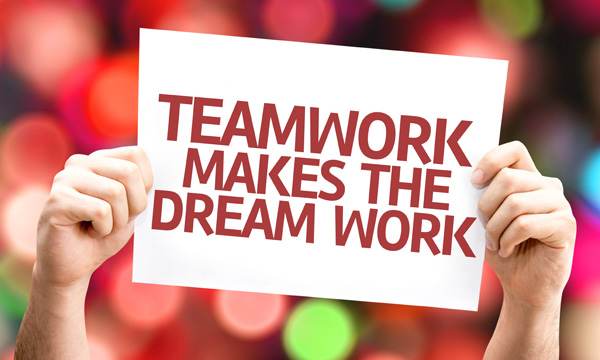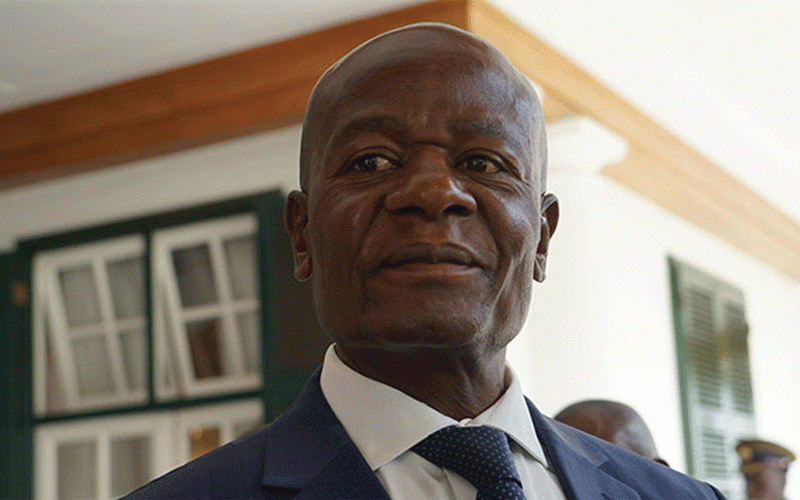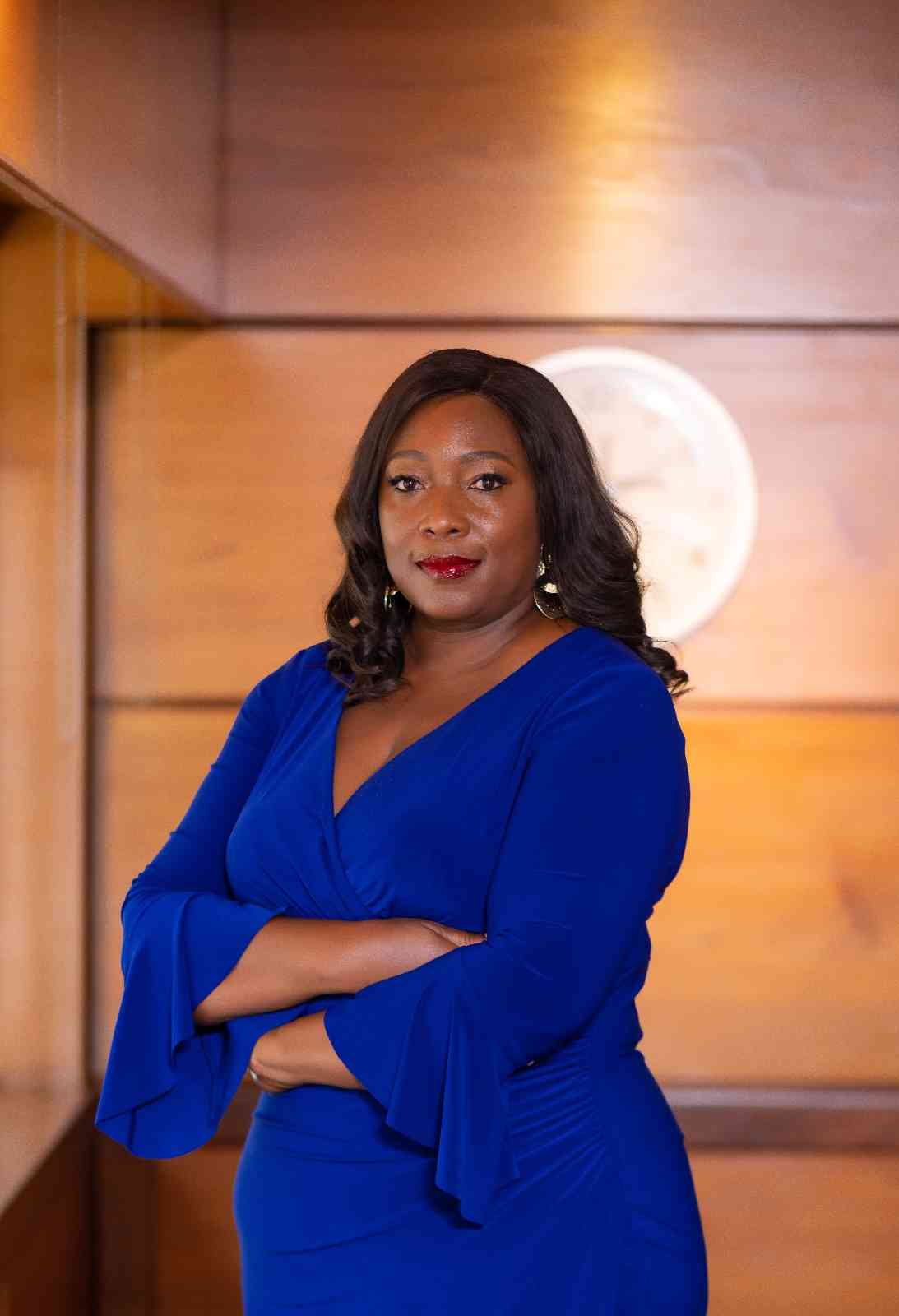
Bringing people together to make a great team takes an exceptional leader. We should not forget that individuals are bringing individual talent, acumen, expertise and even expectations. So, it is the duty of a team leader to manage, and merge all those components towards a specific goal. We are stronger together. One is too small a number to make you succeed as an individual leader. It was Henry Ford who said, “Coming together is the beginning. Keeping together is progress. Working together is success.” As a leader, you must learn the intelligence, psychologies, and matrixes that make a great team.
SUCCESS LIFE: JONAH NYONI
In my writing, I will use seven components that make up the Drexler Team Performance model to facilitate team effectiveness. The model is made up of predictable stages involved in both creating and sustaining a great team. You might be thinking as a CEO, supervisor or manager that your team has not been united the way you want. It’s like everything is defragmented even though you have great individual talents. So the Drexler Team Performance Model will give you tips and great hints to build a team from scratch and sustain it. The first four stages demonstrate how you create a team and the final three stages increase your skill to sustain team performance.
Orientation
This is the first stage of the model. The individual has to answer simple questions in an organization or team setup: Why am I here? (answering to the true purpose/ goal of an individual in a team). Am I in my spot? (This answers to the relevance of an individual and whether they fit and their potential will be used effectively). Do I want to be here? (This answers the question why one is doing what they are doing? Secondly, whether what they do will fulfil them. Fulfilment is one great ingredient that makes one work effectively). This stage is crucial as it answers to purpose, and personal fit. If one is in a wrong team or setup the following will creep up: incompatibility, discontentment, lack of fulfilment, withdrawing, disorientation and not finding value in the team. This level is the most important level. It can be compared to gasoline in a car. Yes, the car might be expensive, but without gasoline, it can’t move. This is the lifeblood of a great team. The big question at this level is: Why am I here?
Trust Building
A great team is glued by trust. This is the second level of the model. Can other team players fully rely on you? Do you maintain confidentiality? Do you trust yourself? Are you dedicated to the task? Where there is no trust, communication becomes calculated, information is withheld, there is too much caution and concealment or façade. Where there is trust, there is mutual regard and communication. It is up to the leader to work on building a stronger bond with team players, but it all starts with trust. Most leaders instil fear in others, and because of their dictatorial tendencies people will do their bidding, but underneath the surface there is fear and mistrust. People will not trust you with their idea if you are a dictator. Where there is trust there is care, contribution and mutual respect. The major question answered at this level is: Who are you?
Goal
- Chamisa under fire over US$120K donation
- Mavhunga puts DeMbare into Chibuku quarterfinals
- Pension funds bet on Cabora Bassa oilfields
- Councils defy govt fire tender directive
Keep Reading
The third level of the model is the goal. The goals should be clear to every team member. As a leader don’t assume that people know what they should do and that they agree to the goals. So, time must be invested in clarifying the goals of the organisation and the goal of team members. As this becomes clear, the roles of every team member become explicit, thereby contributing to the greater good of the organisation. Most organisations don’t succeed because of the “hidden agenda” spirit. When the goals are clear, roles become clear as well and goals become integrated. When goals are not clear, apathy, skepticism, secrecy and irrelevant completion arise. At this level, we answer to the question: What are we doing?
Commitment
At this level, we define a shared vision which gives every team member direction. The leader should define responsibilities and how decisions are made. With everyone working together, everything is in sync or flows well. They appreciate that there is creativity in their diversity. When everyone is committed, there is interdependence towards the common vision. So the major question here is: How do we do it?
Implementation
At this level, we put action to the whole process. Everyone knows what they should do. Everyone understands that their effort feeds to the greater good of the organisation. At this level, team players are organised. Haphazard work will lead to disunity, confusion, conflict, nonalignment, missed deadlines and frustration. Team effort is defined by its weakest link. We are usually as strong as our weakest link. So, the leader must ensure there is clear process, alignment, and committed execution. The major question answered here is: Who does what , when, where?
High performance
The team must rise up to the occasion. Missteps and mishaps are inevitable, but a great team uses its energy to invest on the previous levels to perform effectively. So there should be control, accountability, and flexibility. At this level, there is undeniable effective and intuitive communication and synergies. Talent, creativity, innovation, problem-solving is integrated for the better good. This is where we see the difference between good leadership and great leadership. We move from being good to being great.
Renewal
This is the final stage. The team asks: Was it worthwhile? Do we really need to continue doing what we have been doing? Are members energized to start the process all over again? If the answers are negative, we review the process and correct the mistakes. If the process was positive, we celebrate as a team. We reward people involved. So the major question we answer at this level is: Why continue?
These seven levels constitute great teamwork. Basically, most leaders fail in teamwork because they do not follow these stages. Also, in the book The Five Dysfunctions of a Team, Patric Lencioni (2002: pg 97) gives us reasons why leaders fail in teamwork:
- Absence of trust — this leads to invulnerability
- Fear of conflict — resulting in artificial harmony
- Lack of commitment — resulting in ambiguity
- Avoidance of accountability — resulting in low standards
- Inattention to results — resulting in status and ego”
Remember, an orchestra needs the different parts put together in order to produce a sweet harmony. A soccer team needs all players to understand individual roles in order to fulfil the vision of the football club.
Jonah Nyoni is an author, success coach and certified leadership/business trainer. He is the author of Inspiration for Success and Success Within Reach. Contact details: Tel: 0772 581 918. Email: jonah@classicmail.co.za. Twitter@jonahnyoni.











